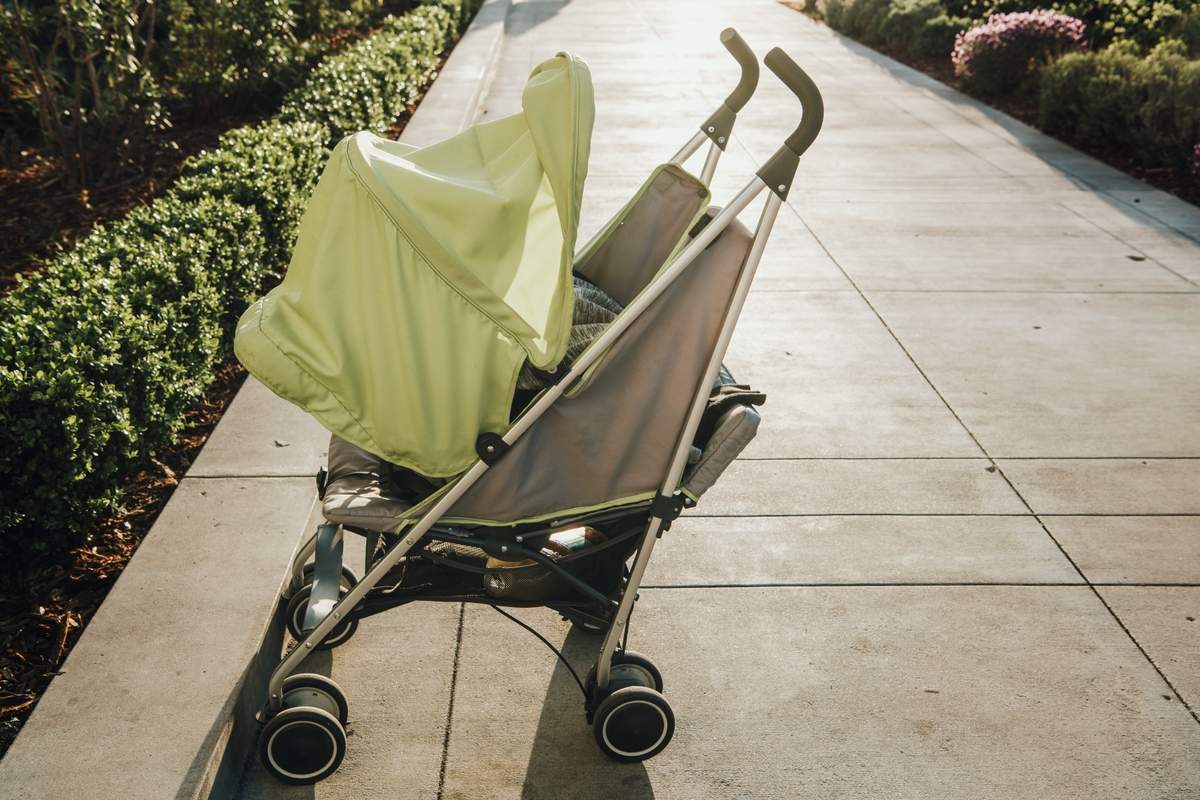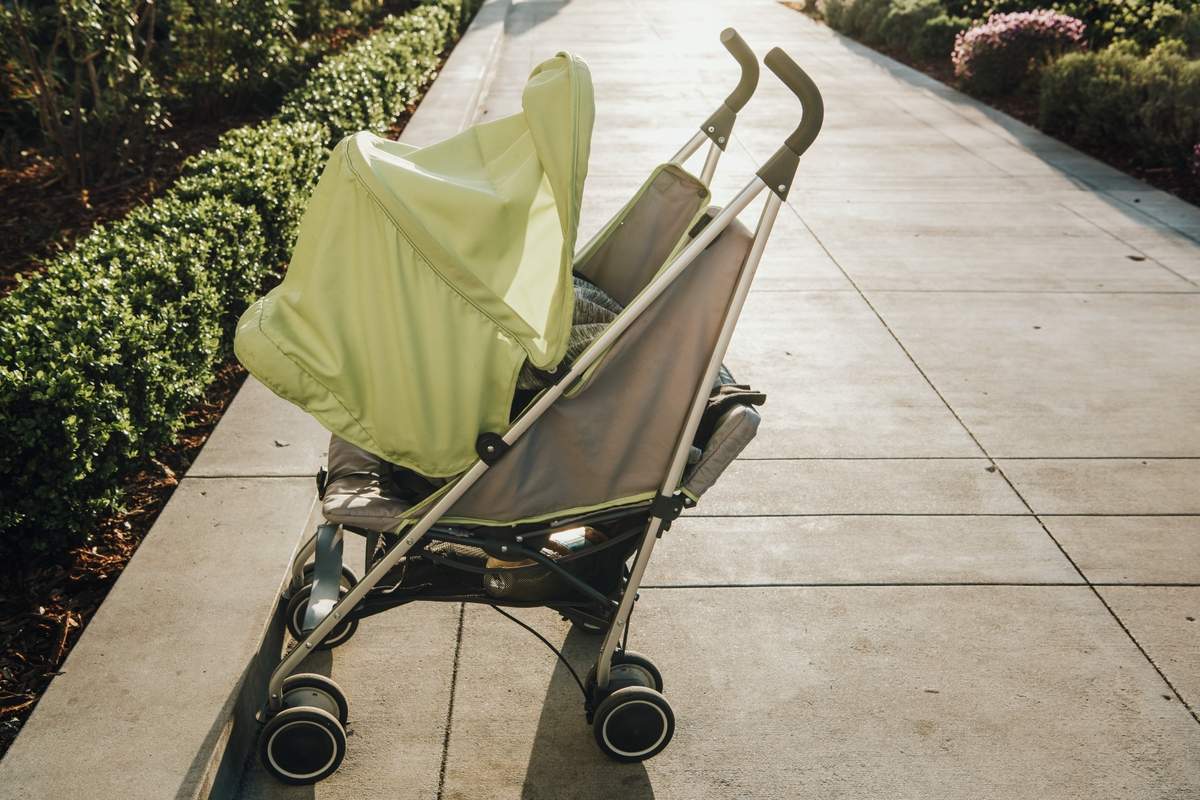For parents of young children, one of the hardest parts of returning to regular exercise is fitting it in to a busy schedule. Completing exercise when your children can be present can make training more achievable and consistent. Pram running is a popular activity for both mums and dads.
Whether you’re just wanting to incorporate some higher intensity intervals into your walks or you’re training for a marathon, here are some tips to get you rolling:
What to look for in a running pram:
To protect your precious cargo as well as yourself, its recommended to use a stroller that has been designed for running.
Key features include a five-point harness for the child, a fixed front wheel option, a hand operated brake, 3 wheels with inflatable tyres, rear suspension and a wrist strap. An adjustable handlebar is also an excellent feature, as is a deep sun canopy and reclining seat. Depending on your needs, other options include double capacity and ability to connect to a bicycle.
They can be a little bulkier than an everyday pram, so it’s also a good idea to ensure it fits in your car!
When can you start?
It’s important to wait until baby is 6-9 months old with good head and neck control before commencing. This is to protect the baby’s spine, neck and brain. Your stroller’s manufacturer guidelines can guide you further and may also have a height recommendation.
When returning to running postpartum its also essential to ensure you are ready and begin slowly with walk/run intervals.
Don’t compare your pace!
A running stroller can add an extra 25kg of resistance before a child even gets in! Stroller running may be 5-8% more demanding in terms of energy cost on a flat surface, and 3 times more when running uphill. It is completely normal for stroller runs to be slower!
Rather than using pace to monitor your intensity, rate of perceived exertion (RPE) can be more useful. If you are going for an easy run, you might aim for a 4/10 effort, whereas a tempo run might be 7/10. You can also think of your pram runs as more demanding in terms of mileage, for example a 5km pram run might compare to a 5.5km effort.

Technique tips:
1. Try to run as naturally as you can! Shorter and more rapid strides can increase power, help avoid over striding and clipping the pram with your knee or foot.
2. Set the handlebar so your arms are in a relaxed position, with more than a 90-degree elbow bend, but not fully extended. Keep the pram close to you and avoid spreading your arms too wide.
3. Fix the front wheel to avoid speed wobbles. Turn the pram by applying downward pressure with your opposite hand, eg: push down with left hand to turn right. For tighter turns you many need to push down with both hands to lift the front wheel off the ground.
4. There are 3 main pushing methods: double hand, single hand and push/chase. The double hand method is recommended when beginning. The push/chase method (alternating between double hand then running behind stroller independently) may be useful around a running track, however, is not advised in an uncontrolled environment, and definitely not downhill.
5. When running uphill keep strides short and frequent, stand tall and try to avoid bending forward at the hips. Remember, it’s ok to walk if needed!
6. When running downhill, care is needed to ensure the stroller doesn’t run away. Use a double hand grip with a wrist strap, try to remain more upright and not extend arms fully. Landing slightly more onto your heel and bending the knees can help with braking. Ensure you’re in control at all times.
Supplement with strength training
Pram running is a kind of resistance training in itself. That said, additional strength training incorporating leg, hip, core, and upper body exercises can improve both stroller and non-stroller running performance. Mobility exercises may also assist due to changes in form, such as reduced thoracic rotation.
Once you and the pram are sorted, all that’s left is to keep the child entertained – that’s a whole separate blog article! Good luck!
READ MORE LIKE THIS
Written by Zoe Williams. Zoe is an Accredited Exercise Physiologist at MAIA Exercise Physiology.
References:
Alcantara RS, Wall-Scheffler CM (2017) Stroller running: Energetic and kinematic changes across pushing methods. PLoS ONE 12(7): e0180575.
,


